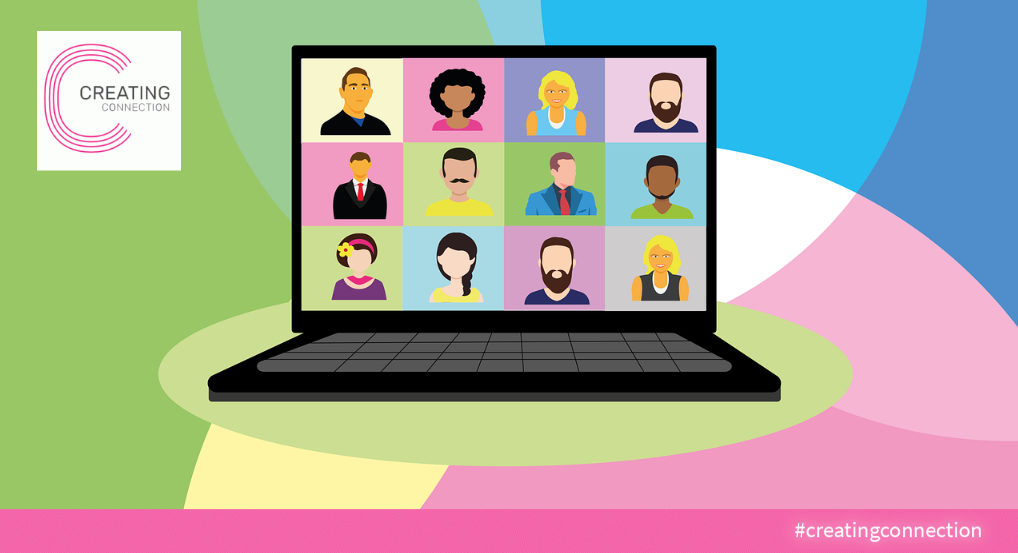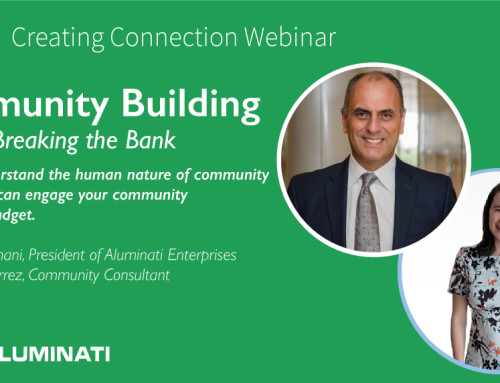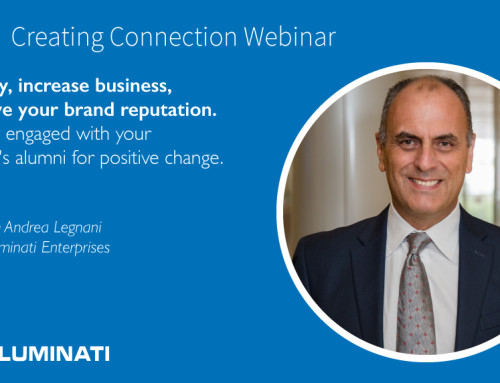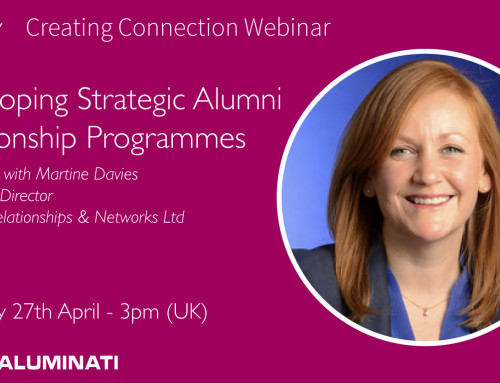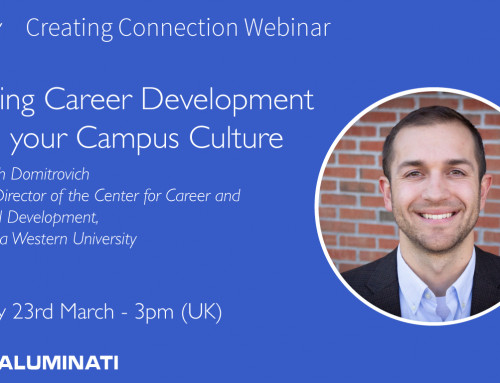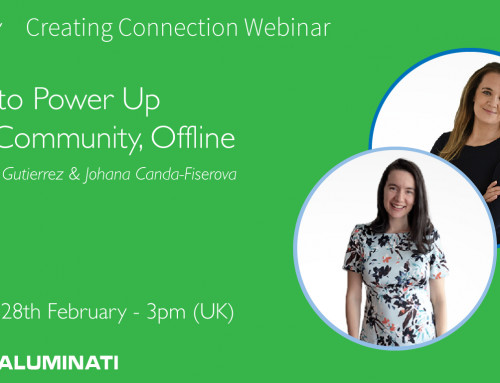Introducing the topic and spotlight speaker, Catherine Coale
SPOTLIGHT:
Catherine Coale, Community Specialist – Telstra Purple
Said to be involved with an event outside her sector for fresh ideas and getting feedback on projects etc was exciting.
Catherine’s Telstra Purple Background
- Six years in the position at Telstra
- Telstra used a very much traditional marketing set up 6 years ago
- They were doing lots of leadership based content marketing and looking for interaction with that content
- Success was measured by how many new conversations could be warmed up and passed to sales.
- The company had one community but it was operationally broken.
Marketing at the company is not really done like that any more. Telstra now has four communities, all with distinct purposes and goals surrounding the business.
Talking Points
- What drove change from marketing to community focus. All about human behaviour, which drives engagement.
- Sharing things that made the difference between success and failure.
- Challenges faced along the way.
What Drove Change?
- Two years of successful marketing but then with ever diminishing return.
- Changes noticed in data. Social Media and LinkedIn became more successful than email for initial interactions.
- Began communication with a human message instead of a product focus.
- New logos created
- No more proposition marketing, only experience marketing
- More effort put into communities
- Being open to learning and development
What Made The Difference?
- Personal Inductions introduced to new community members – as opposed to the self-service membership culture we see so much at present.
- New members are at their most receptive at the very beginning of their membership.
- Inductions started by phone, then members arranged into groups that would be lively, to ensure an experience early on.
- Points In Time. Creating transient communities based around points in time when a member specifically needed help or advice. E.g. a community for new enrolments. Capitalise on these points in time you can hook them in and keep them.
- People don’t need to be on your website all the time, but just for specific reasons at the times that matter most to them.
- WhatsApp – Saw the greatest connection of users. From 30-40 messages per day, up to 700-800. It became a 24/7 community and members began to help each other.
- Started looking at plans for shared experiences. Stopped having keynote speakers and let the members tell their stories to each other.
- Sought out active members of the WhatsApp and social media groups and gave them more of a role to keep community momentum going and bring in more new members.
The Social Organisation
- A new initiative based around social media and around everyone that’s involved in the community.
- Asking people to have active experiences within the community. Speaking, blogging, and having relationships with other members.
- The results were significant which led to plans to expand it within the organisation.
- 50% uplift in attendees at events.
- 300% uplift in membership applications
- Almost all came from social media or word of mouth.
Things that would have been done differently
- If starting again Catherine said she would have involved more of the organisation in the community from the beginning if starting again from scratch.
QUESTIONS
Q: How did you overcome hesitations about not being able to offer a 24/7 service?
A: A 24/7 service had to be delivered but the group was made for people to interact with each other. There was no service level set stating that admins would always be present in the group. Writing a code of conduct is advisable too.
Q: Did you find that people were leaving the group due to how busy it became?
A: Yes, but not as many as you might think. When WhatsApp reached capacity we moved the community onto another platform so that users could keep track of conversations. We found that not all users moved over to the app as some preferred the immediacy of WhatsApp. You can’t have just one channel any more and must allow users to use the channels they prefer.
Q: Our university traditionally broadcasts all the great things the university is doing, and we are trying to invite people to share their stories. Some colleagues are not supportive of this idea. Has this happened with you?
A: Yes and we still experience this. Organisation members all have different outlooks and that has to be managed all the time.
Q: How do you plan to scale up your communities?
A: That’s not our goal. We are not looking to scale up hugely at the moment. The biggest worry of scaling up is the need to batch process members instead of using a more personal approach. That’s why we have 4 separate communities with different teams and subject areas. Point in time communities also only exist for the time they are required.
Close of Roundtable
Interested in attending our roundtables and other events? Join the Creating Connection community.
